Dozens dead in renewed clashes between Druze militias and Syrian forces amid deepening sectarian tensions and Israeli intervention.
Suwayda, Syria – A fragile ceasefire has disintegrated in Syria’s southern Suwayda province, as intense clashes between Druze militias and Syrian government forces resumed on Wednesday, leaving scores dead. Simultaneously, Israel has escalated its air and ground operations in southern Syria, issuing warnings to Damascus and advancing a controversial strategy to carve out a de facto buffer zone under the guise of “protecting” the Druze minority.
The violence, rooted in long-standing tensions between Druze factions and security forces, erupted again just hours after the Syrian government declared a ceasefire on Tuesday evening. According to Syria’s Ministry of Defence, government troops were attacked by “outlawed armed groups” and responded “within the rules of engagement to minimise harm to civilians.”
But the damage is already devastating.
The Syrian Observatory for Human Rights reported on Wednesday that over 250 people have been killed since fighting began earlier this week, including 138 Syrian soldiers and security personnel, 21 victims of field executions, and at least four children and five women. Local journalists and eyewitnesses describe chaotic urban warfare, particularly on Suwayda’s outskirts, where Druze fighters reportedly maintain strongholds.
“This situation is spiralling rapidly,” said Osama Bin Javaid, reporting from Damascus for Al Jazeera. “While central Suwayda has seen some lulls in violence, the outskirts are engulfed in conflict.”
Israeli Involvement Deepens: “We Will Not Abandon The Druze.”
The intensifying conflict has prompted aggressive Israeli military responses, which have significantly altered the dynamics on the ground. On Wednesday alone, Israeli warplanes conducted seven strikes on Syrian military positions near Suwayda. According to the Israeli Defence Ministry, the airstrikes were “defensive measures” aimed at deterring aggression toward the Druze population.
Israeli Defence Minister Yoav Gallant, echoed by Prime Minister Benjamin Netanyahu, warned that Israel would “escalate its operations” if Syrian forces did not withdraw from Druze-majority areas. “As we have made clear, Israel will not abandon the Druze in Syria,” Gallant said, reaffirming what Israeli officials describe as their “demilitarisation policy” for southern Syria.
But Syrian officials and Arab governments have condemned Israel’s actions as illegal aggression. Syria’s Foreign Ministry denounced the strikes as a “blatant violation ofsovereignty and international law”, while Lebanon, Iraq, and Algeria issued joint statements condemning what they called Israeli interference in Syrian internal affairs.
Sectarian Feuds And The New Syrian Government:
Tensions reignited on Sunday after the abduction of a Druze merchant along the Damascus-Suwayda highway, sparking retaliatory raids by Druze militias on Sunni Bedouin communities. Kidnappings, tit-for-tat killings, and online footage of executions and abuse stoked the fire. The underlying hostility between Suwayda’s Druze population, estimated at 700,000, and neighbouring Sunni Bedouin tribes is rooted in decades of unresolved land disputes, political marginalisation, and mutual mistrust.
Complicating matters is the fall of Bashar al-Assad’s regime in December 2024. The new interim government in Damascus, dominated by Hayat Tahrir al-Sham (HTS) and other opposition groups, has pledged inclusivity and reconciliation with Syria’s minorities. However, the Druze response has been mixed. Some see the new leadership as a path forward; others fear an Islamist turn in governance that may threaten their rights and autonomy.
“Since this government took charge, the Druze have not really accepted them as protectors of their aspirations,” Bin Javaid noted.
Earlier attempts to integrate Druze militias into the new Syrian armed forces resulted in brief lulls in violence, but those agreements have unravelled in the face of rising local distrust, sectarian propaganda, and foreign meddling.
The “Druze Card”: Israel’s Strategic Gamble.
Analysts say Israel’s interest in southern Syria is neither altruistic nor sudden.
“Israel has long used the ‘periphery doctrine’, forging alliances with non-Sunni groups like the Druze and Kurds, to offset Arab nationalist and Islamist threats,” said Trita Parsi, executive vice president of the Quincy Institute for Responsible Statecraft. “Its current involvement reflects a continuation of that strategy.”
Indeed, Israel’s support is highly selective. While claiming to protect the Druze, Israeli officials have ignored violence and humanitarian suffering in the Sunni-majority Daraa and Quneitra. Critics argue Israel is engineering a fragmented, decentralised Syria divided along sectarian lines to prevent any future unified threat from Damascus.
“The goal,” said Dr. Andreas Krieg, a Middle East security analyst at King’s College London, “is not to help minorities, it’s to ensure Syria never regains full sovereignty.”
This approach, however, risks creating more chaos, similar to outcomes in Iraq and Lebanon, where sectarian governance systems have led to long-term instability and foreign dependency.
Divided Druze, Divided South:
Southern Syria remains deeply fractured, not just between Druze and Sunni Arab communities, but within the Druze themselves. The community’s leadership is split between:
- Sheikh Hikmat Hajeri, a reformist advocating secularism and decentralisation;
- Sheikh Hammoud al-Hannawi, who maintains neutrality and opposes foreign manipulation;
- Sheikh Youssef Jarbuwa, who has maintained historic ties to the Assad-era government.
Some factions favour integration into the new Syrian system, others demand greater autonomy, while still others are reportedly engaging in quiet coordination with Israeli forces, prompting backlash from within.
An Israeli flag hoisted briefly in Suwayda this week triggered outrage and was quickly burned by local residents, a sign of the deep ambivalence toward Israeli involvement.
“There’s no unified stance,” a civil society organiser in Jaramana told Deutsche Welle. “Some see Israel as a backer, others see it as a threat.”
Escalating Israeli Militarism and Occupation Claims:
Since the fall of Assad’s regime, Israel has drastically ramped up military operations inside Syria, conducting more airstrikes in December 2024 than in all of 2023, according to ACLED. These strikes have destroyed up to 80% of the former regime’s military infrastructure, and Israel has since deployed troops into the UN-monitored buffer zone established by the 1974 disengagement agreement.
Satellite imagery analysed by BBC and Al Jazeera shows new Israeli outposts, roads, and bases emerging in the Syrian Golan region. Locals interviewed by Syria Direct report destruction of olive groves, livestock seizures, and arrests by Israeli troops. Some residents say they were offered food, water, and electricity in exchange for loyalty.
The UN Disengagement Observer Force (UNDOF) has expressed alarm, calling Israel’s buildup in the buffer zone a “clear violation” of international agreements.
In a fiery speech on Sunday, Netanyahu went further, demanding “the full demilitarisation of southern Syria”, suggesting Israeli forces may stay indefinitely. Observers warn that Israel is creating a “buffer zone for its buffer zone”, effectively annexing parts of Syrian territory.
Blowback And Resistance Brewing:
Unsurprisingly, armed resistance may be forming. This week, a new group calling itself the “Islamic Resistance Front in Syria – Great Might” announced its intention to fight Israeli forces in the south. Though small, analysts fear it could be the beginning of another insurgency, exacerbating instability in a region already ravaged by civil war and foreign intervention.
Veteran Lebanese Druze leader Walid Jumblatt warned that Israel’s behaviour could backfire. “Free Syrians must be cautious of the plots of Israel,” he said in a televised statement Sunday, accusing Netanyahu of exploiting minorities to divide Syria.
A Nation Teetering On The Edge:
With fighting intensifying in Suwayda, Israeli troops digging in across the south, and the interim Syrian government still struggling to consolidate power, the situation in Syria has entered yet another volatile phase. A fractured southern Syria, under foreign occupation, plagued by sectarian violence, and distrusting of both Damascus and Tel Aviv, could become a new epicentre of Middle East instability.
And while Israel may claim short-term gains, experts warn that its long-term security could be undermined by the very chaos it is helping to create.
“You cannot stabilise a neighbourhood by burning your neighbour’s house and claiming it’s for their own good,” said Krieg. “Eventually, the fire reaches your doorstep.”
Conclusion: Partition By Proxy, Divide, Destroy, Dominate.
The escalating violence in Suwayda is not merely another tragic episode in Syria’s long civil war; it is a calculated exercise in political engineering. The use of sectarian division to weaken communities, followed by selective intervention under the guise of protection, mirrors a long history of imperial meddling in the Middle East. This is not new. This is an old strategy of divide and rule, then forceful occupation.
We’ve seen this playbook before. In British Mandate Palestine, colonial authorities exploited Arab-Jewish tensions to suppress both nationalist movements, laying the groundwork for decades of dispossession. In Lebanon, France carved out a “Maronite protectorate,” fostering sectarian enclaves that would later collapse into civil war. In post-2003 Iraq, the U.S. occupation empowered sectarian militias, dismantled the state, and effectively partitioned the country into Kurdish, Sunni, and Shia zones, facilitating years of bloodshed, displacement, and foreign control under the banner of democracy.
Now, in Suwayda, history repeats itself. Israeli strikes framed as humanitarian intervention against Assad’s repression appear increasingly as an opportunistic manoeuvre to establish a buffer zone, a “Druze canton” friendly to Israeli interests. This would mirror the Kurdish enclave model in northeast Syria, where U.S. backing has created a quasi-state separate from Damascus, and where any potential reunification of Syria grows more remote by the day.
“We’ve entered a phase of militarised decentralisation,” said Omar Suleiman, security analyst at the Centre for Regional Studies. “Each foreign actor has carved out its own protectorate, Israel in the southwest, the U.S. in the northeast, Turkey in the northwest, and Iran in the heartland. Suwayda is simply the next pawn in this geopolitical chessboard.”
Inside Syria, the human cost is devastating. Eyewitnesses from Suwayda describe a chilling pattern of reprisals, arbitrary arrests, and executions of local leaders. “They executed Sheikh Wafi, they raided our homes, and they called it counterterrorism,” one local activist told The New Arab, requesting anonymity for fear of regime retaliation. “Now Israel flies its drones overhead and claims it’s here to protect us. We’re being used, again, as bargaining chips in a game we didn’t choose.”
Even former regime insiders are warning of Syria’s unravelling. “This isn’t state preservation, it’s sectarian sorting,” said a defector from the Syrian security apparatus, speaking to the Syrian Observer. “What Assad and his allies couldn’t crush with barrel bombs, they’re now trying to divide with fear. The aim is a country of isolated cantons, weak, dependent, and easily manipulated.”
The implications are clear: if this strategy continues unchecked, Syria will not heal, it will harden into an archipelago of occupation zones, each loyal not to its people but to foreign sponsors and militias. This is how colonial partition works, not with declarations or treaties, but with drones, warlords, and manipulated massacres.
The world must recognise this for what it is: a deliberate dismemberment of Syria, conducted through a familiar cycle of divide, destabilise, and dominate. Suwayda is not a sanctuary, it is a proving ground. And unless international pressure is brought to bear on all actors, Assad, Israel, the U.S., Iran, Russia, what is now a fragmented rebellion may soon become a permanent map of partition.
Advertisements
Tags:
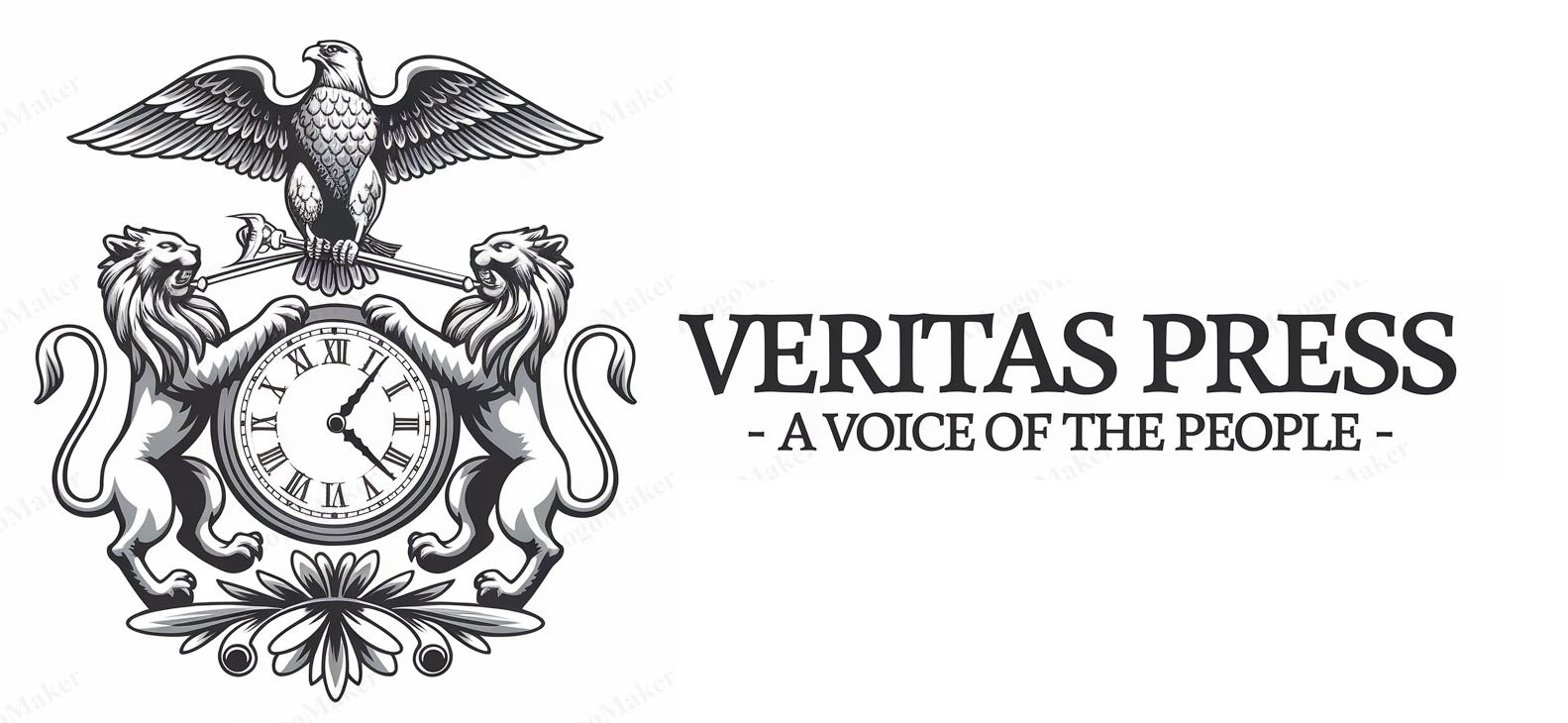

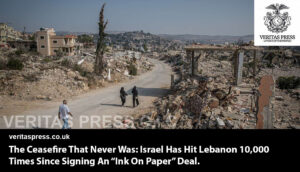




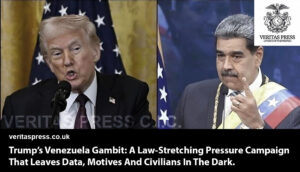
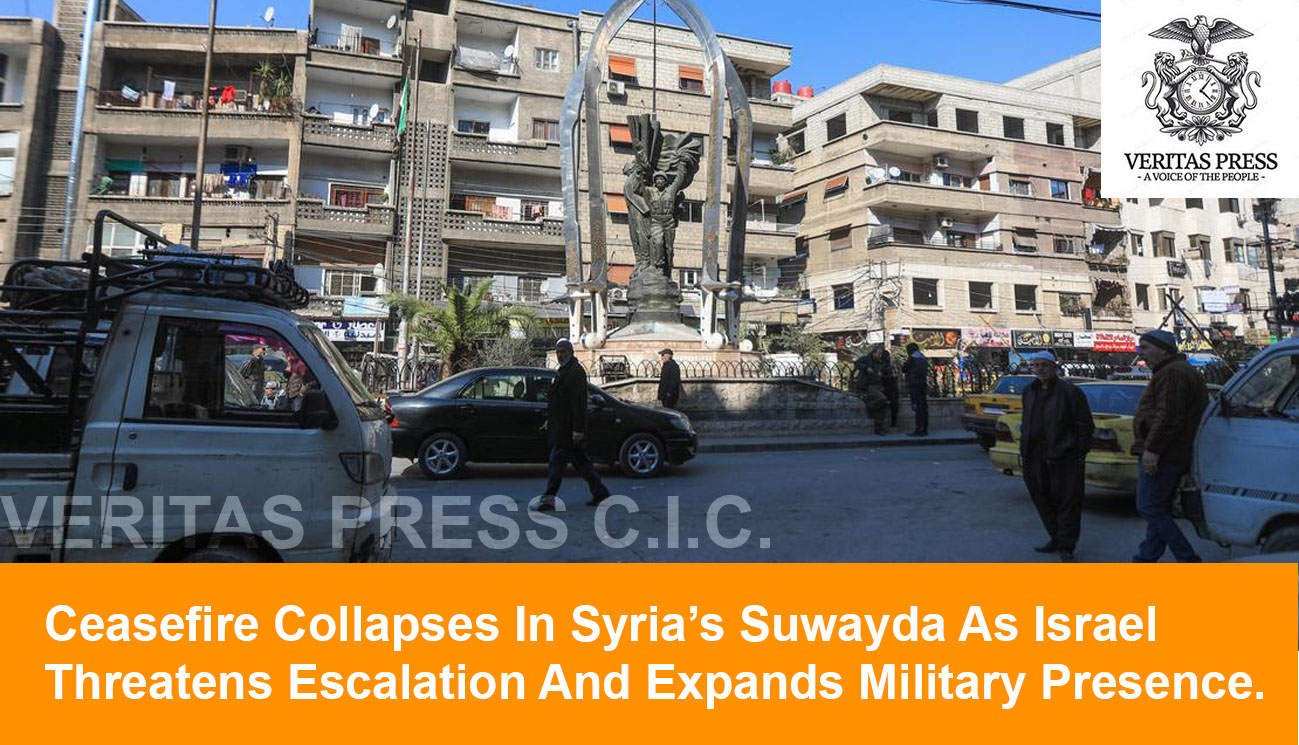

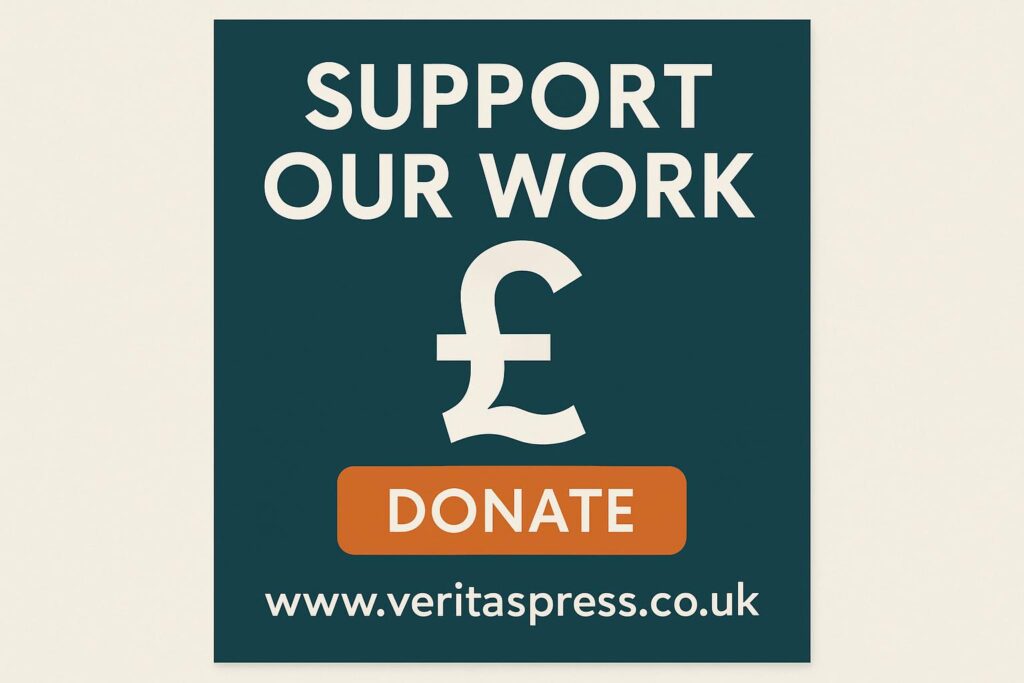
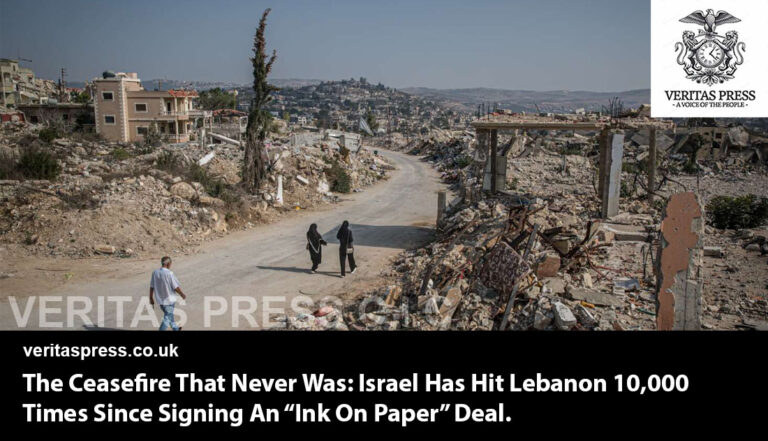


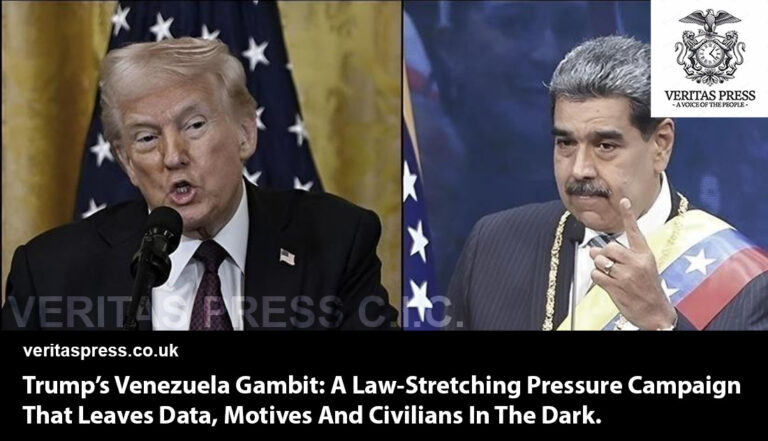


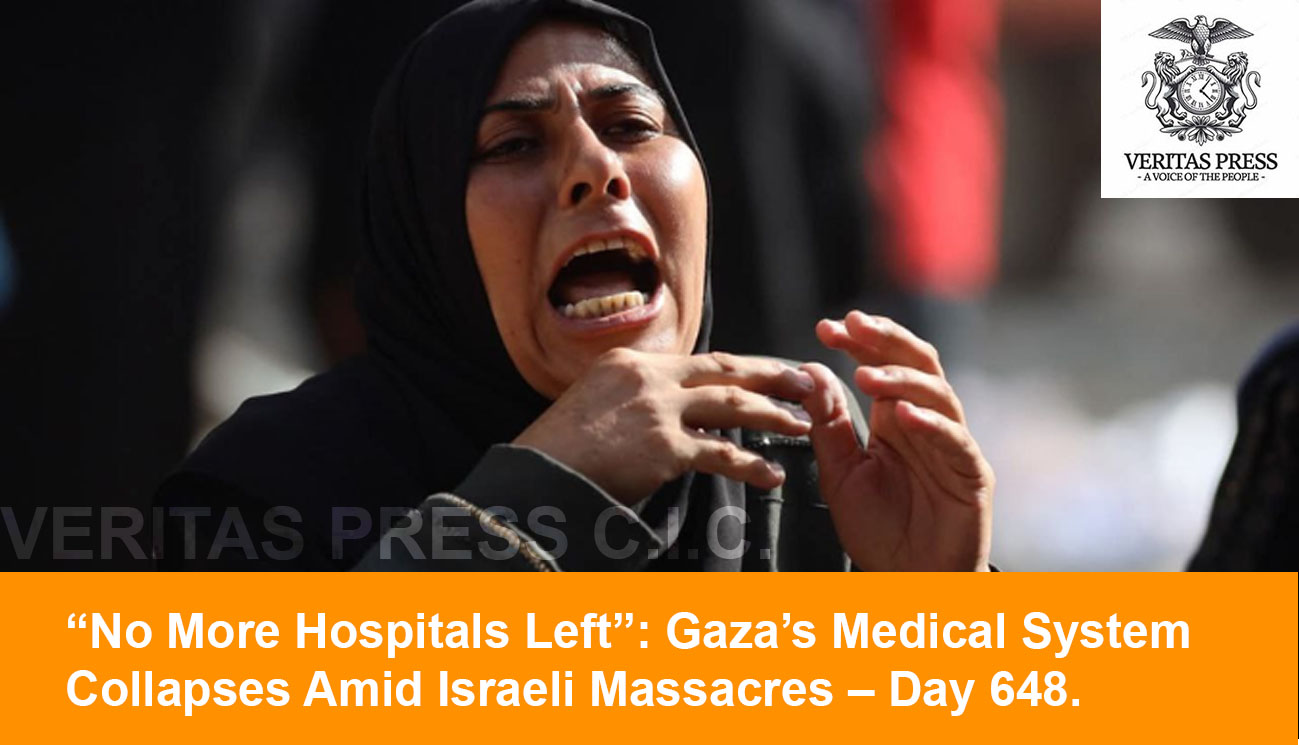
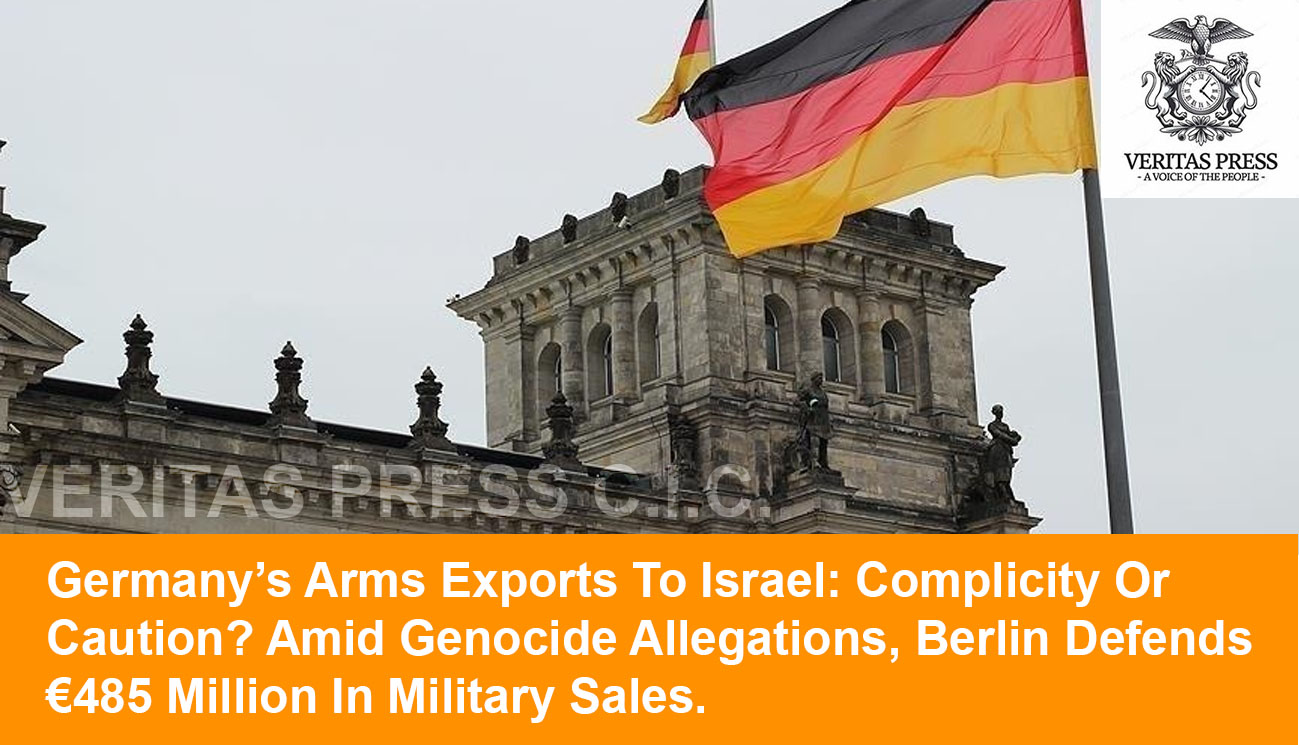
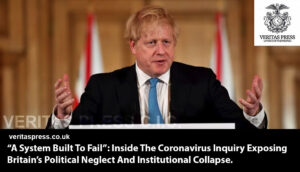


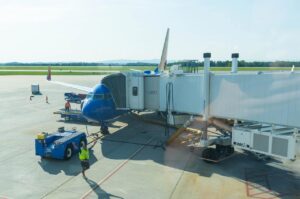





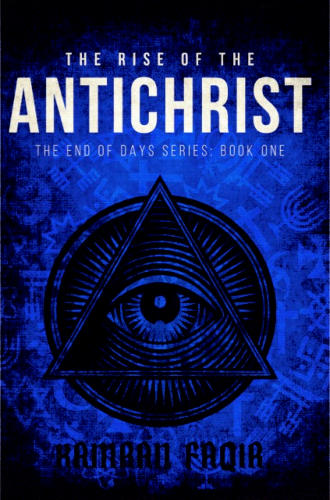
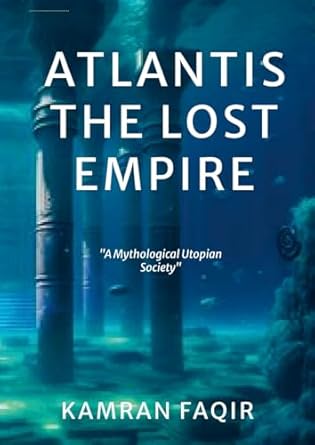
Leave a Reply